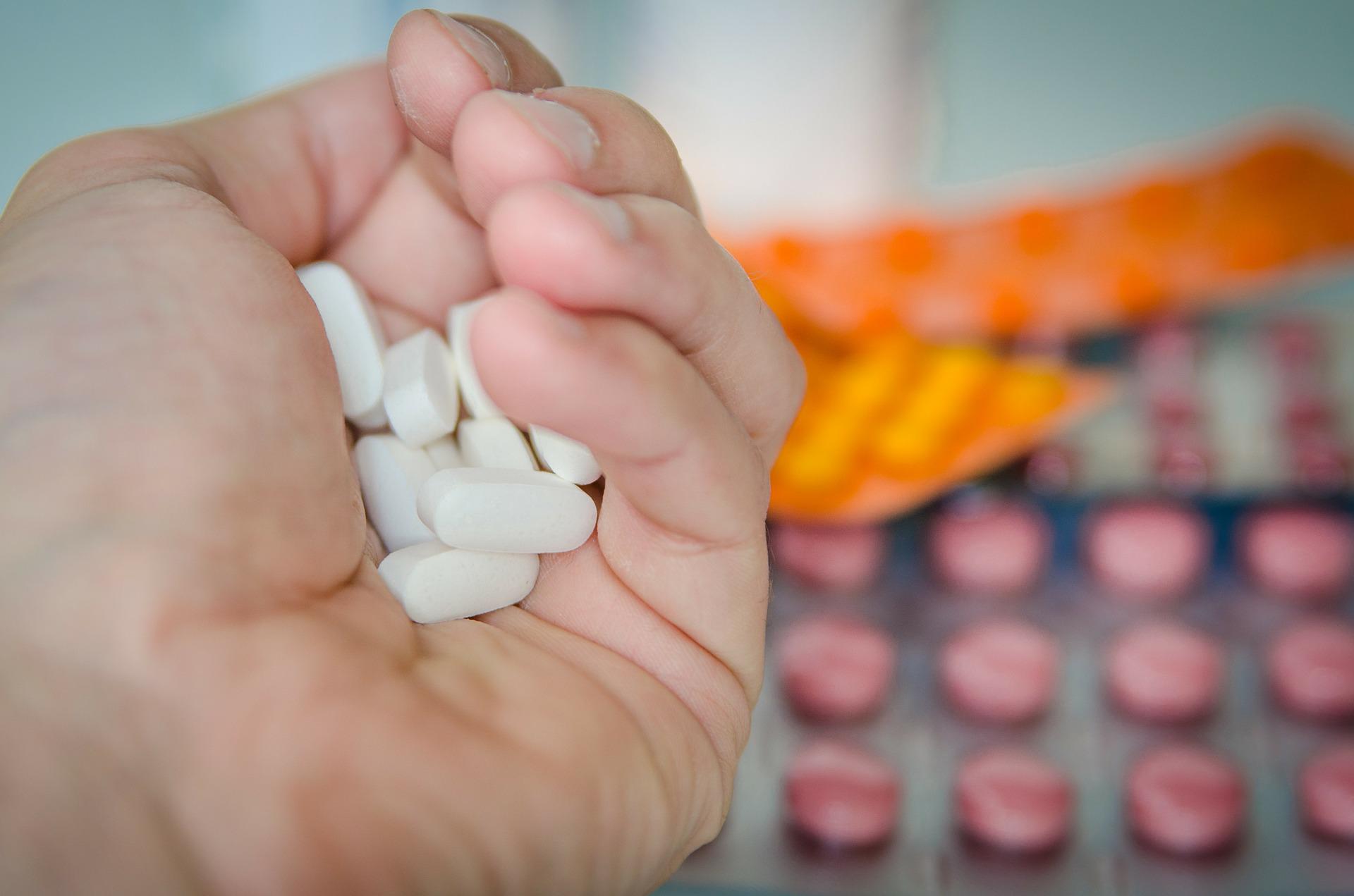



On May 18, the treatment report of the first Chinese produced SARS-CoV-2 oral drug was announced. The paper shows that 5 infected people used the oral drug within 3 days after the nucleic acid test was positive, and the nucleic acid test results turned negative after an average of 5 days (median), while the median of the nucleic acid test results turned negative in the control group was 11.13 sky. In terms of data alone, early treatment and early medication may halve the treatment cycle.
Relevant research was carried out by the National Center for Infectious Diseases Medicine, Professor Zhang Wenhong, Director of the Department of Infectious Diseases of Huashan Hospital, and the team of Professor Fan Xiaohong from Shanghai Public Health Clinical Center, to evaluate the effect of a domestic oral drug named VV116 on the nucleic acid conversion time of non-severe Omicron-infected patients. Influence of nucleic acid conversion time of infected persons in Micron. Detailed data from the study were published online May 18 in the journal Emerging Microbes & Infections.
What is VV116?
VV116 is an oral anti-coronavirus drug developed by Shanghai Institute of Materia Medica, Chinese Academy of Sciences and other research institutes in cooperation with enterprises.
Relevant research and development units have previously disclosed that the team of Shen Jingshan, a researcher at the Shanghai Institute of Materia Medica, and other teams found in experiments on an adenovirus mouse model that oral administration of VV116 could reduce the virus titer below the detection limit and significantly improve the pathological changes in the lung tissue of experimental model animals. The drug was approved for the treatment of SARS-CoV-2 in Uzbekistan at the end of last year, and has been approved for clinical trials in China.
The industry is optimistic about VV116 and believes that it has the potential to become an effective drug for the treatment of the SARS-CoV-2. Relevant experts explained in previous interviews with Science and Technology Daily that the basic principle of VV116 attacking the SARS-CoV-2 is similar to that of Remdesivir - attacking the core enzyme of the SARS-CoV-2. The greater advantage of VV116 is that it can be taken orally.
When the SARS-CoV-2 is self-synthesizing in the human body, VV116 can disguise "adulteration", making the RNA polymerase of the SARS-CoV-2 stuck and unable to replicate and reproduce in the human body.
Dosing within 5 days of positive is critical
In the study, 136 SARS-CoV-2 infected patients were divided into two groups according to their own wishes: 60 received domestic SARS-CoV-2 oral drug VV116 treatment, 300 mg of VV116 orally every 12 hours; 76 were included in the control group without antiviral treatment. Both groups of participants will receive anti-inflammatory and other symptomatic treatment.
The data showed that the time of nucleic acid conversion to negative for Omicron infected patients who used VV116 within 5 days of the first nucleic acid test was 8.56 days, which was less than 11.13 days for the control group, and the former was less than the latter.
However, if the drug is not taken in time after the positive, the effect of the drug will be difficult to show. The specific data are as follows: 5 days after the positive for the first time, the Omicron-infected patients who used VV116 had a negative nucleic acid conversion time of 11.46 days, and the control group was 11.13 days, and the two were almost the same.
The data showed that dosing within 5 days would result in greater benefit for patients. This pattern did not appear in VV116, and it was also suggested in studies related to approved SARS-CoV-2 drugs (such as monupavir and paciclovir). It can be seen that early treatment and early intervention will greatly shorten the infection time.
The study also collected drug safety data for VV116. The results showed that there were no serious adverse events, 7 cases reported mild abnormal liver function, 1 case reported increased blood urea, and 1 case of increased white blood cell count, all of which were relieved and recovered without intervention.